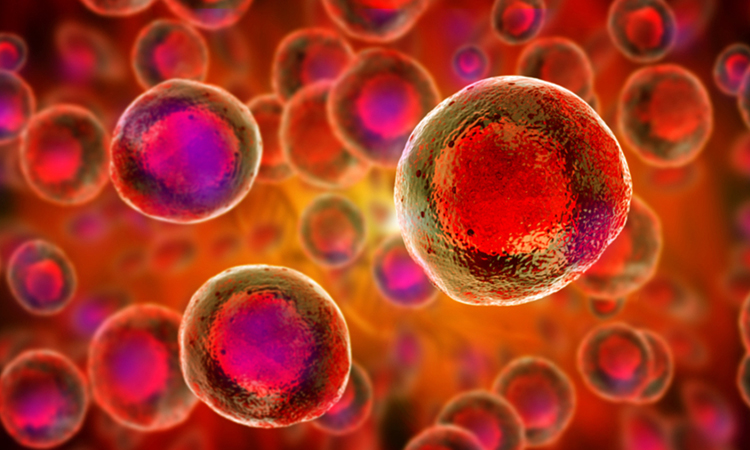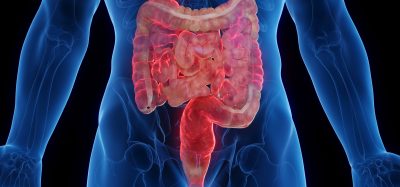IPSCs used to study common genetic cause of chILD
Posted: 18 January 2024 | Drug Target Review | No comments yet
Researchers observed many quantifiable differences between diseased cells made from affected children and their gene-edited cells.

Researchers from the Center for Regenerative Medicine (CReM) of Boston University and Boston Medical Center and collaborators at Washington University School of Medicine have shown how they can now study the most common genetic cause of childhood interstitial lung disease (chILD).
Childhood interstitial lung disease is a group of rare, genetic lung disorders impacting infants and children who typically present with a range of symptoms, like shortness of breath, rapid breathing and coughing. Many causal genes have been identified for chILD, but understanding its pathogenesis has been prevented by an inability to easily access primary human cells from affected children and limited methods to maintain these cells from explanted tissue of affected children.
In the new study, the team found a way to study the most common genetic cause of chILD using stem cells generated from each patient. Induced pluripotent stem cells (iPSCs) were engineered in culture dishes using skin cells obtained from children with chILD who also carry mutations in a gene called ABCA3, the most common genetic cause of the disease.
Then, the iPSCs were changed into alveolar epithelial type 2 cells, the lung cell type responsible for causing the disease. When grown in the culture dish, the researchers saw numerous quantifiable differences between the diseased cells made from affected children compared to their cells that had been gene edited to correct the ABCA3 mutation.
Dr Yuliang (Leon) Sun, first author of the study, said: “Development of therapeutic alternatives has been challenging due to an inability to access and culture cells that contain mutations in a gene from patients with chILD. In the present study, we overcame these hurdles by developing and extensively characterising an in-vitro disease model.” The ABCA3 mutant cells struggled to produce surfactants, a hallmark of alveolar epithelial type 2 cells which help the lung maintain its shape.
“Additionally, we found ABCA3 mutant cells showed higher amounts of inflammation than their healthy counterparts”
Erin Hennessey, a PhD student at the school currently leading the project’s continuation explained: “ABCA3 mutant cells also had smaller lamellar bodies, which are organelles specific to alveolar epithelial type 2 cells in which surfactants are made, compared to the health cells. Additionally, we found ABCA3 mutant cells showed higher amounts of inflammation than their healthy counterparts.”
The findings are an important step to develop a cure of chILD and highlights the utility of pluripotent stem cells for disease modelling.
This study was published in the Journal of Clinical Investigation.
Related topics
Genome Editing, In Vitro, Stem Cells
Related conditions
childhood interstitial lung disease (chILD)
Related organisations
Center for Regenerative Medicine (CReM), Washington University School of Medicine
Related people
Dr Yuliang (Leon) Sun (CReM), Erin Hennessey (CReM)







